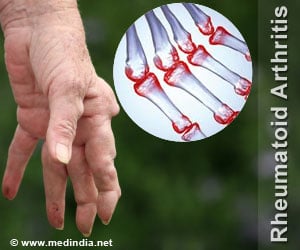Breast cancer survival rate peaks over the last two decades
Years of research and undying efforts of Oncologists have clearly borne fruit shows the results of many surveys conducted among breast cancer survivors and support groups.Reports reveal that more than 85% of women today diagnosed with breast cancer live on for an average of 5 years.
Way back in the early eighties the risk of dying from breast cancer had reached an all time high of 1:43 from where it has steadily declined to 1:56 in 2004, thanks to the tremendous advances in medical technology which doubtlessly assists an early detection Early detection ensures that one-eighth of all cases get detected by the time a woman reaches the age of 85 which when compared to two decades agowas a meagre one out of twelve cases.Today it’s a matter of great relief that in spite of an increase in number of breast cancer cases detected annually, the survival rates after the first year of diagnosis has reached 96.7% which literally seems to take away the sting of death from an illness which was notorious for snuffing out the lives of so many women. It is currently estimated that about 13,261 women and around 100 men would grapple with breast cancer this year .Surveys also reveal that the average age of diagnosis is around 60.
Australian Institute of Health and Welfare recently released some statistical data which shows that at present there are 113,801 women and 730 men living who have survived their battle with breast cancer since its first detection in their lives twenty years ago.
The sizeable increase in survival rates though pacifying should be the turning point of medical faculty and researchers to now turn their attention to those who have out of the shadows of cancer,according to National Breast Cancer Centre director Dr Helen Zorbas.
Dealing with the fears of a relapse and the anxiety that is related to coping up with scars and changes in body contours that follow surgical removal of mammae when needed,dealing with bouts of fatigue that accompanies chemotherapy,chances of infertility, emotional spin-offs and relationships that get stressed ,are just as important as the therapy which they they earlier went through.
The number of new cases affecting women under the age of 50 has shown very low rates of advance since the BreastScreen Australia mammogram program was established in 1991.
Advertisement
MST











